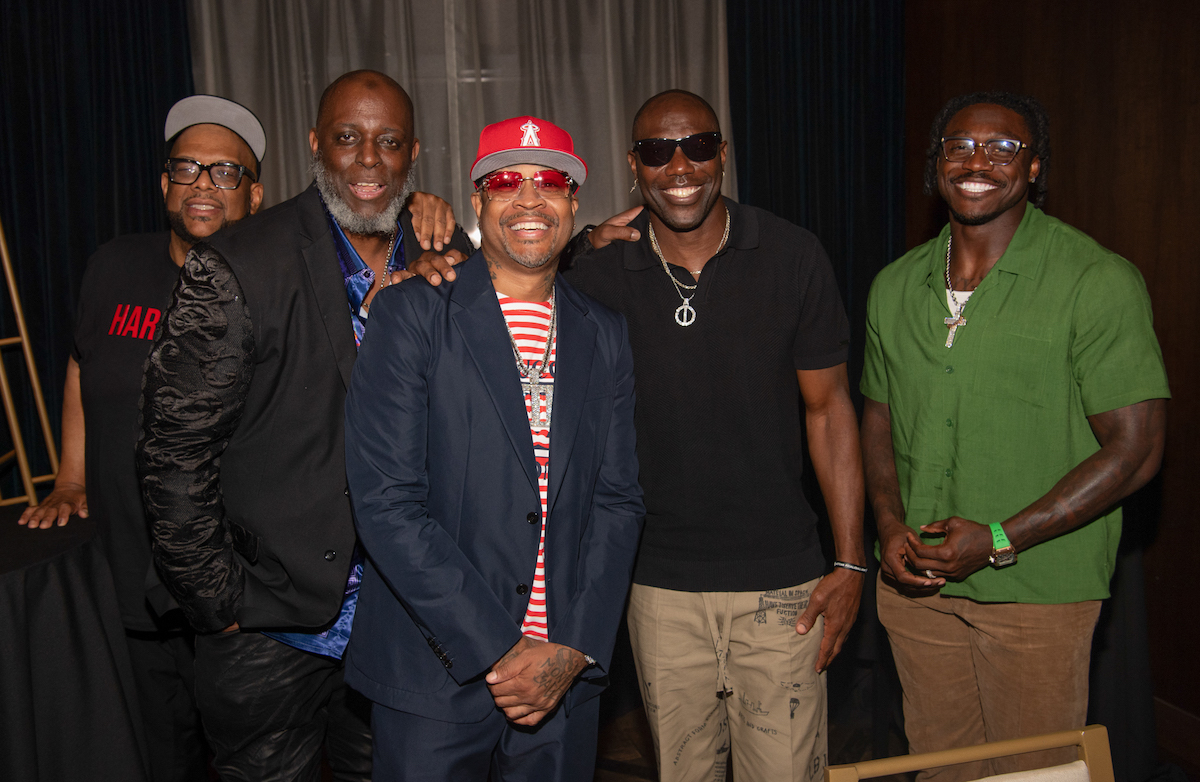After six haunting seasons, The Handmaid’s Story has aired its remaining episode. But, the chilling legacy of Gilead is much from fiction. Whereas audiences could have approached the present as dystopian drama, creator Margaret Atwood has lengthy made it clear: each legislation, punishment, and ritual within the sequence has roots in actual historical past. Learn extra inside.
In accordance with a viral publish shared by Tradition Reduce Girls, the creator famously mentioned she solely used real-world examples to construct Gilead. In truth, Atwood acknowledged that she didn’t invent a single atrocity. Gilead, the authoritarian theocracy depicted within the sequence, is constructed solely from real-world examples pulled from faith, battle crimes, and world gender oppression. What makes The Handmaid’s Story so terrifying isn’t the purple robes or compelled surrogacy—it’s that for a lot of girls, this wasn’t dystopia, however recognition.
Atwood drew on historic regimes, together with Nazi Germany’s Lebensborn breeding program, the place “racially pure” girls had been compelled to provide delivery to youngsters for the Reich. In Gilead, Handmaids are stripped of their names, identities, and bodily autonomy in eerily related trend. Biblical surrogacy—the story of Rachel and her handmaid Bilhah—served because the scriptural justification for these fashionable horrors. Public executions, used to take care of concern and order in Gilead, have lengthy been a technique of management in authoritarian states.
Trendy parallels additionally echo the present’s themes. From restrictive reproductive legal guidelines to widespread gender-based violence, parts of Gilead stay alive in lots of components of the world immediately. In the USA and overseas, the rollback of reproductive rights has felt like a step nearer to Atwood’s world for a lot of viewers (particularly these for whom bodily autonomy has by no means been totally assured).
Because the present concludes, followers mirror not solely on the fates of characters like June and Serena, but in addition on what The Handmaid’s Story represents: a warning. The finale could mark the tip of this chapter, however its cultural relevance persists. It reminds us that the programs of oppression depicted on display have existed earlier than—and in some locations, nonetheless do.
For some, The Handmaid’s Story was by no means only a present. It was a mirror. And now that the ultimate curtain has dropped, it’s as much as us to make sure fiction doesn’t proceed repeating itself as reality.















